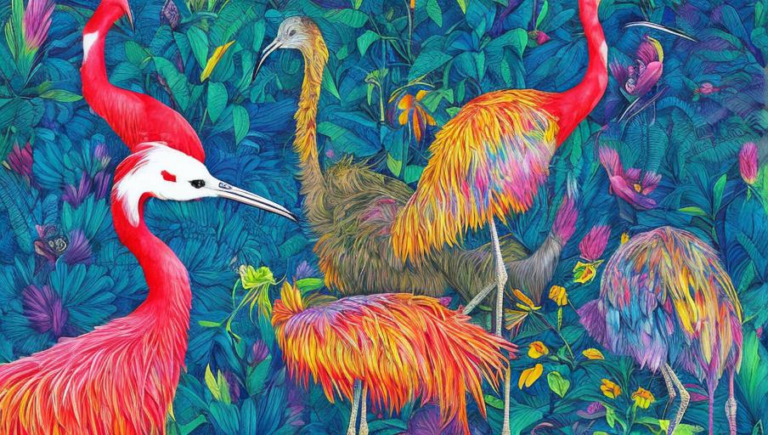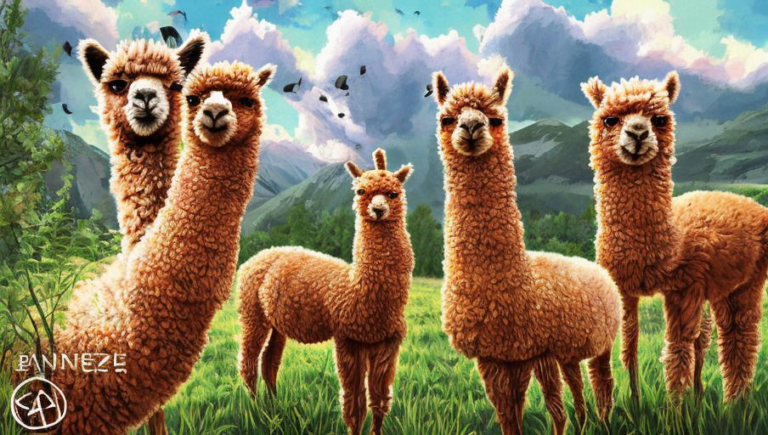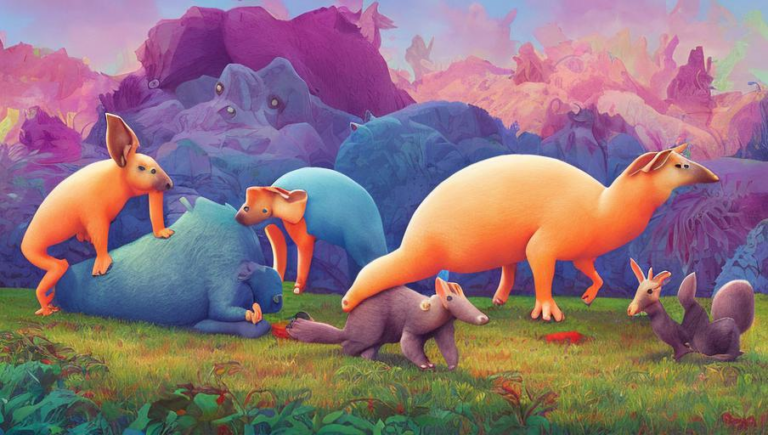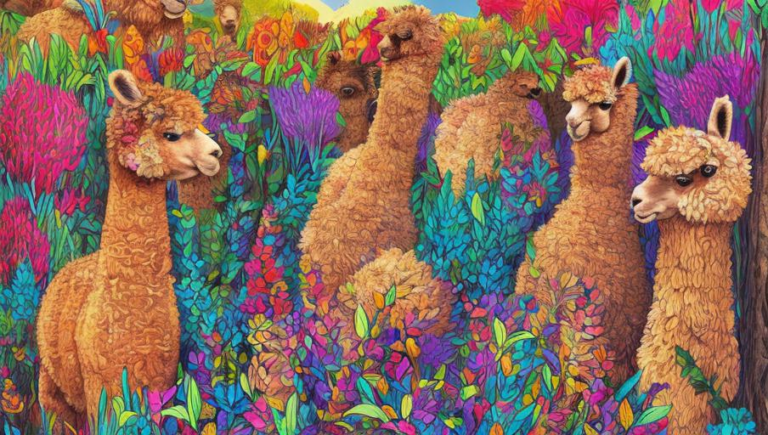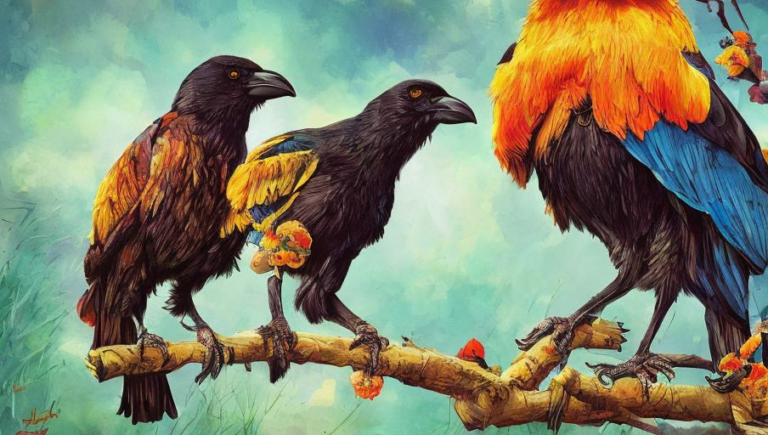Living in the Wild
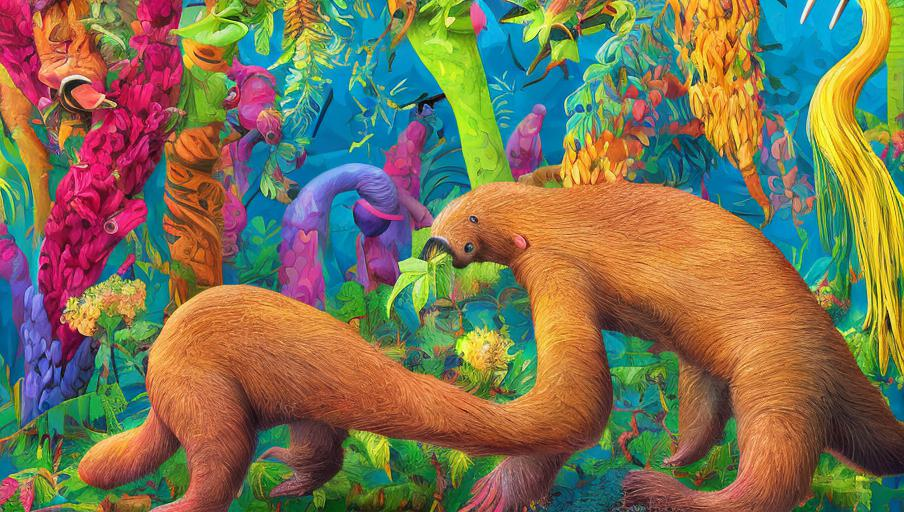
Living in the Wild
Animals have been living in the wild since long before humans ever existed. While many species have adapted to live in more urban areas, the majority of animals still make their home in the wild, where they are free to roam and thrive without the influence of humans. Animals living in the wild have many different adaptations that help them survive in their natural habitats, and learning about these can be fascinating.
Anteaters
One of the most interesting creatures living in the wild is the anteater. Anteaters live mainly in the tropical rainforests of Central and South America, and they can also be found in parts of Mexico and some Caribbean islands. Despite their name, anteaters are not related to bears and do not eat ants. In fact, they mainly eat termites and other small insects. They have long, sticky tongues that they use to catch their food, and they also have powerful claws that they use to dig into the ground and search for food.
Anteaters have a number of adaptations that help them survive in the wild. Their long snouts help them sniff out their prey, and their powerful claws allow them to dig for food. They also have a thick coat of fur that helps protect them from the elements and from predators. While anteaters are most commonly found on the ground, they are able to climb trees in order to escape danger or search for food.
Threats to the Anteaters
Unfortunately, anteaters are facing many threats in the wild. They are vulnerable to habitat loss due to deforestation, as well as hunting and poaching. In addition, they can become victims of roadkill or get caught in traps set by farmers or ranchers. Conservation efforts are underway to protect anteaters and their habitats, but more needs to be done to ensure their survival.
Conservation of Anteaters
Conservation groups are working hard to ensure the survival of anteaters. They are advocating for better protection of their habitats, stricter laws against hunting and poaching, and education on the importance of preserving their ecosystems. Additionally, some organizations are working on captive breeding programs to help bolster wild populations. Captive-bred anteaters are then released into the wild to help repopulate their species.
As more information is learned about the fascinating anteater, it is becoming increasingly clear that they need to be protected in order to ensure their continued survival in the wild. We can all help by advocating for their protection, educating ourselves and others about their needs, and supporting conservation initiatives.
